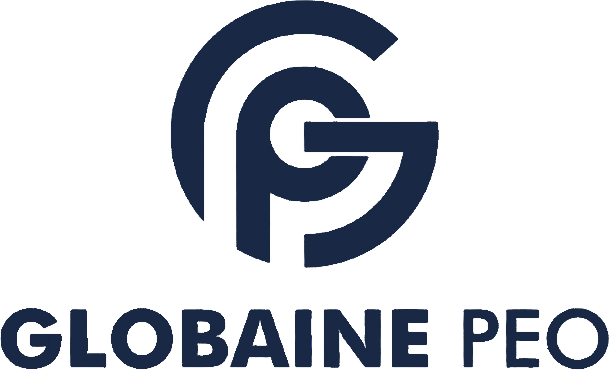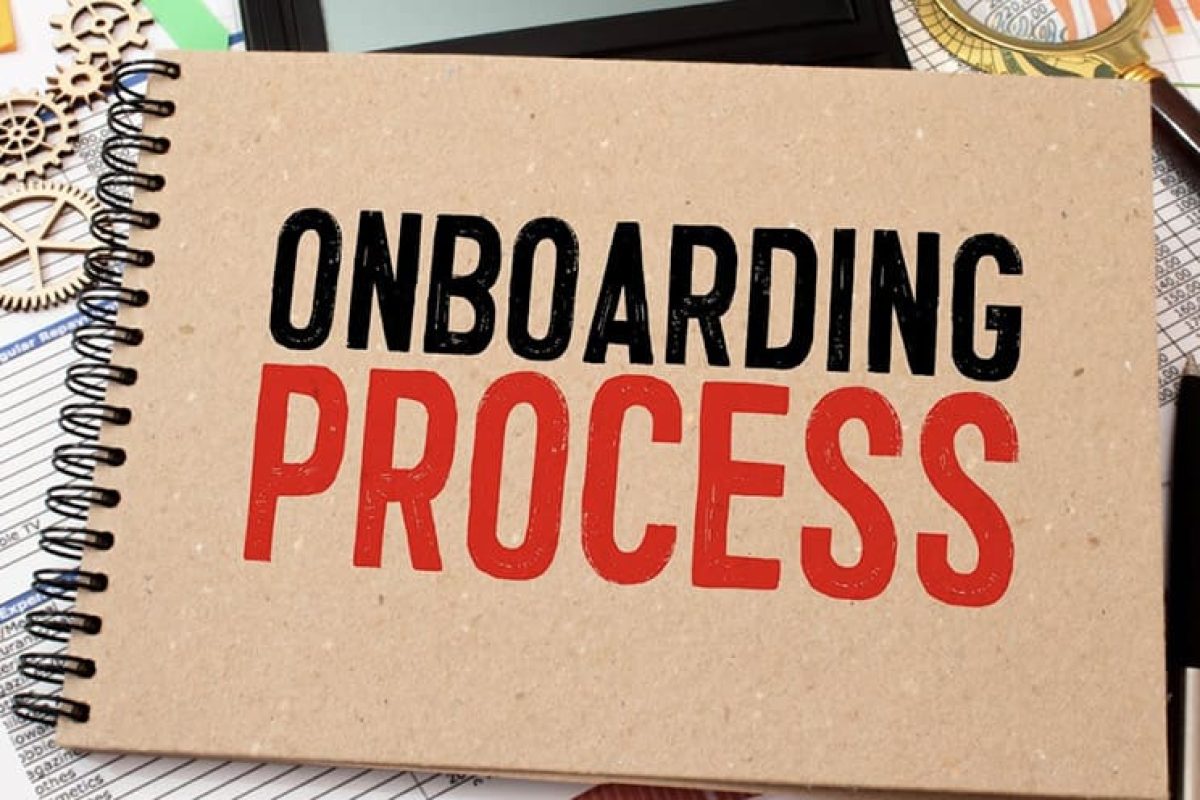Expanding your business into Taiwan requires attention to local labor laws and regulations, especially regarding employee onboarding. Properly handling all necessary documentation ensures a smooth onboarding process and compliance with Taiwanese labor laws. Here’s a step-by-step guide to the essential documents required for onboarding employees in Taiwan.
Onboarding Process: Step-by-Step Explanation
Step 1: Job Offer and Acceptance 📩
Trigger: After selecting the ideal candidate.
Action: Issue a formal job offer with the following:
- Job Title: Clearly outline the employee’s position.
- Compensation: Specify salary details, including any bonus or incentive structures.
- Start Date: Set a defined start date.
- Working Hours: Describe expected working hours, including overtime policies.
- Benefits Overview: Include health insurance, pension plans, and additional employee perks.
- Probation Period: Mention any probationary period (generally 3 months in Taiwan).
Outcome: Upon acceptance, the onboarding process proceeds to contract formalization.
Step 2: Employment Contract 📝
When It’s Used: Right after the job offer is accepted.
Action: Draft a formal employment contract that complies with Taiwanese labor laws. Include:
- Job Description: Define the employee’s role, tasks, and responsibilities.
- Compensation Details: Outline base salary, allowances, and any performance bonuses.
- Leave Entitlements:
- Annual Leave: 7 days minimum after 1 year, increasing with tenure.
- Public Holidays: Recognize Taiwan’s 12 public holidays.
- Sick Leave: Paid sick leave provisions per labor laws.
- Parental Leave: Parental leave as per Taiwanese regulations.
- Working Hours: Typically 40 hours per week, with overtime policies detailed.
- Termination Conditions: Specify notice period and grounds for termination.
Outcome: Both parties sign the contract, establishing the formal employment relationship.
Step 3: Tax and Social Security Registration 💰
When It’s Used: Prior to the employee’s start date.
Action: Register the employee with Taiwan’s tax and social security system:
- Labor Insurance and National Health Insurance (NHI): Enroll the employee for health, unemployment, and pension benefits.
- Tax Registration: Obtain a tax ID for the employee.
- Employer Contributions: Employers contribute to social security and health insurance programs.
Outcome: Compliance with Taiwan’s tax and social insurance regulations.
Step 4: Health and Safety Induction 🦺
When It’s Used: On or before the employee’s first day.
Action: Conduct mandatory health and safety training as required:
- Safety Guidelines: Explain workplace safety protocols.
- Emergency Procedures: Share information on fire drills and evacuation plans.
- Personal Protective Equipment (PPE): Provide any PPE as necessary for the role.
Outcome: The employee is informed about health and safety requirements and provided with appropriate protective gear.
Step 5: Payroll and Benefits Enrollment 📊
When It’s Used: During the employee’s first week.
Action: Set up the employee’s payroll and benefits:
- Bank Details: Collect information for salary deposits.
- Benefits Enrollment: Register the employee for benefits, including health insurance and retirement plans.
- Overtime Policy: Clarify overtime pay rate and conditions.
Outcome: The employee is registered for payroll and benefits.
Step 6: Workplace Policies and Training 📚
When It’s Used: Within the first month.
Action: Conduct onboarding training on company policies and standards:
- Code of Conduct: Review the company’s ethical guidelines and workplace behavior expectations.
- Training Programs: Provide job-specific and mandatory compliance training.
- Performance Metrics: Set initial performance expectations and review criteria.
- Flexible Work Options: Discuss if remote work or flexible hours apply.
Outcome: The employee is aware of the company’s culture, policies, and job expectations.
Step 7: Probation and Feedback Period 📅
When It’s Used: During the initial 3-month probation period.
Action: Monitor the employee’s performance and provide feedback:
- Performance Reviews: Regularly evaluate the employee’s progress and role fit.
- Feedback and Adjustments: Offer constructive feedback and adapt the role if necessary.
- Employment Confirmation: Confirm the employee’s position after successful probation or decide on further actions.
Outcome: The employee completes the probation period, either securing their role permanently or receiving guidance on improvement.
Summary Table of Key Onboarding Steps in Taiwan
| Step | Action/Details |
|---|---|
| Step 1: Job Offer & Acceptance | Job Title, Compensation, Start Date, Working Hours, Benefits, Probation Period |
| Step 2: Employment Contract | Job Description, Compensation, Leave (Annual, Sick), Public Holidays, Termination, Working Hours |
| Step 3: Tax & Social Security | Register for Labor Insurance, National Health Insurance, Tax ID, Employer contributions |
| Step 4: Health & Safety | Safety induction, Emergency procedures, Safety Manual, PPE |
| Step 5: Payroll & Benefits | Bank account, Benefits Enrollment, Overtime pay (if applicable) |
| Step 6: Policies & Training | Code of Conduct, Job-specific and Compliance Training, Performance Metrics, Flexible work options |
| Step 7: Probation & Feedback | Performance Reviews, Regular Feedback, Role Adjustments if needed |
How GlobainePEO Can Help with Onboarding in Taiwan🌐
GlobainePEO specializes in managing every aspect of employee onboarding in Taiwan, from drafting compliant employment contracts to handling tax and social security registrations. Partnering with GlobainePEO ensures a seamless onboarding process, allowing you to focus on growing your business with confidence.

